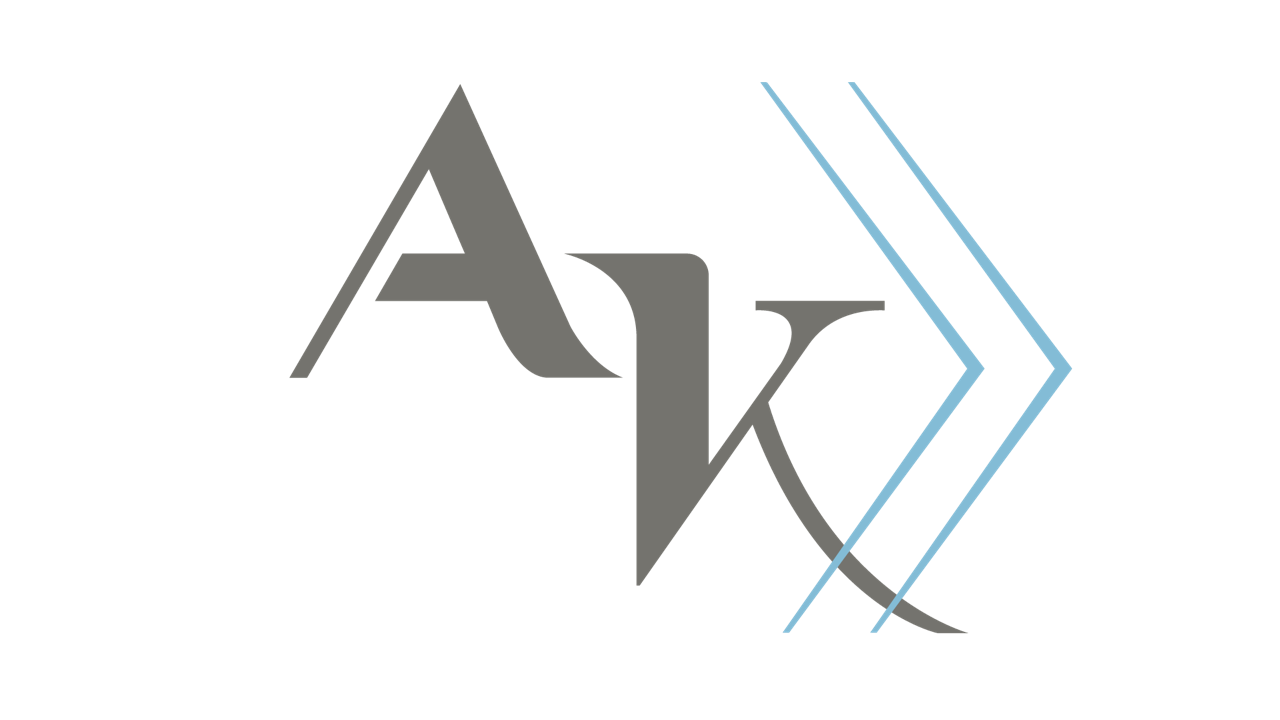What is Dry Needling?
Dry Needling is a technique used by physical therapists and other practitioners in order to target and influence the myofascial system. The myofascial system is a complex network made up of muscles and fascia, as well as nerves, blood vessels, and the lymphatic system. When there is tension and restriction in these structures, it often leads to a decreased level of blood flow and function. This in turn heightens our nervous system’s response by increasing our perception of pain in the area. This causes us to be in this cycle of pain, tension, decreased blood flow, and more pain. Techniques such as trigger point dry needling are a great way to directly release the tension and break the cycle.
We wanted to take this time and answer some common questions we get in regards to dry needling:
How is dry needling different from acupuncture? Dry needling is often described as a more direct way to influence the myofascial system, the needle goes into the identified trigger point and causes localized and central (think brain and spinal cord) changes to pain. While we are not experts on acupuncture, it is often described as a roadmap of points that can influence the stimulation of nerves, muscles, and connective tissue. Often, acupuncture does not go into specific trigger points in the muscles and is more focused on balancing out energy flow. If you are interested in acupuncture or want to learn more, we suggest talking with an acupuncturist!
Will I be sore after dry needling? This answer is different for everyone! While some have no soreness, others have a little soreness after dry needling. We like people to know that there is no proven correlation between soreness and the outcome of dry needling (just because you’re not sore, doesn’t mean it didn’t work!). The soreness people do feel is similar to the soreness you experience after a new or difficult workout and should only last a few days.
What does dry needling actually do? There are many theories as to how dry needling actually works. The way I like to describe it to my patients is that there are these areas in the tissue that are causing restrictions and relatively decrease blood flow, thus increasing pain (These are called trigger points). The needle acts as a restart button to this trigger point and helps release the tension. It also brings an increase in blood flow, which brings nutrients and feel good chemicals to help further release tension and decrease pain. It is very impressive how different people’s pain/perception of their pain changes right after dry needling!
What will it feel like? While this can be different for everyone, most people don’t feel the needle even insert! We use a quick technique that helps bypass your pain receptors in the skin, so that your brain doesn’t even have a chance to process the sensation. Once the needle is inserted, it is possible and likely that you will feel some sort of ache, like a minor muscle spasm and tension. We often, but not always can also feel the muscle twitch. This is called a localized twitch response and is associated with the release in tension, AKA the “restart” of the muscle. It is very possible to feel other sensations, but these are specific to certain muscles/body parts and different for everyone.
Do I have to do it to get better? Absolutely not! While we incorporate it a lot into our practice and truly believe in the benefits of dry needling, we understand it is not for everyone. It is merely 1 tool in a large tool box of tricks we can choose from to get the same result.
If you have any questions on dry needling or would like to chat with us to see if dry needling may be beneficial for you, you can email tyler@absolutekineticspt.com directly or call us at 513-208-2257!
Blog post written by Dr. Tyler Kornblum, PT, DPT
